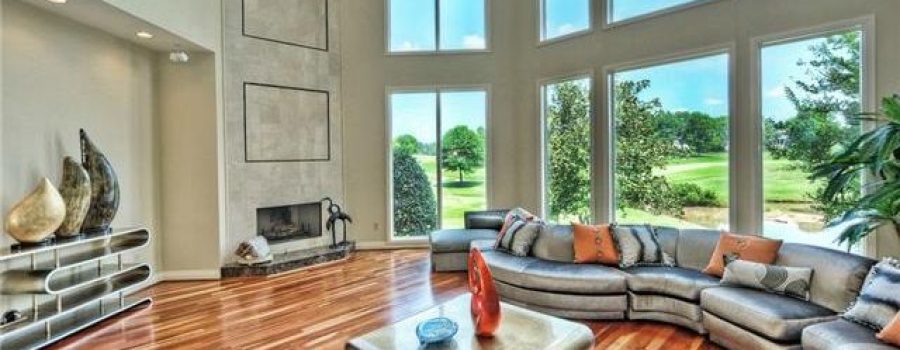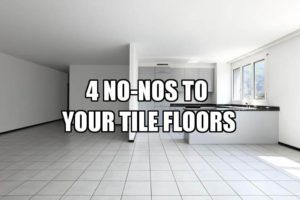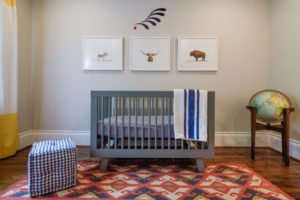Bamboo flooring has been used for centuries in Asia but it is only relatively recently that it has made its way into the homes of the West. However, with all the talk of climate change and the increased need for homeowners to be eco conscious and “green minded” in their homes since bamboo is such an easily renewable resource it is getting the thumbs up from homeowners and environmentalists alike.
Looks
Aesthetically bamboo flooring scores very high marks as well. Typically bamboo flooring is very light, sometimes almost white in hue, but there is plenty of bamboo flooring available today that has been tinted and finished to darker hues. A warm amber look can also be created if the bamboo itself is steamed before it is formed into planks. Texture can also be varied at the point of manufacture as different bamboo weaving techniques can produce some very different textural results.
Durabilty
Since bamboo is a plant rather than a tree some people may think that bamboo flooring lacks resiliency or is easily marked and scuffed but in actual fact nothing could be further from the truth. The Japanese use bamboo to construct their industrial scaffolding so standing up to traffic in the average home is something that bamboo flooring lends itself to very well.
Maintenance
Bamboo floors are easy to maintain, requiring no more care than any other hardwood flooring option. Over the years bamboo flooring will tend to begin to meld into a variety of hues that are unique and extremely attractive, adding new dimensions to the appearance of any room.
Costs
Costs of bamboo flooring vary but are similar to those of other hardwood options. When investing in bamboo flooring it is better to have a professional do the installation though as it never easy to get any kind of wood flooring down right and even very small mistakes can ruin the whole appearance of the entire floor.





Leave a Reply
Your email is safe with us.